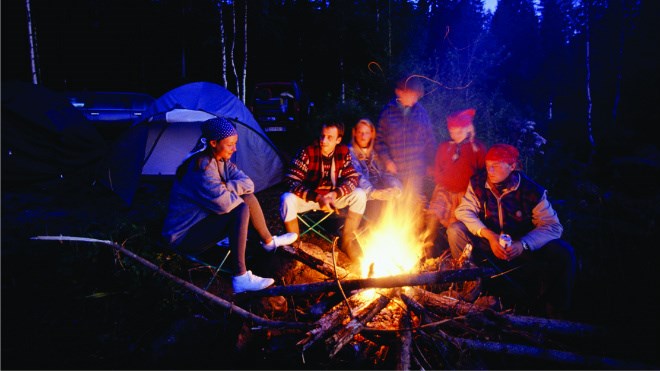The days and weeks you spend at the cottage and on camping trips can be the most memorable and rewarding of your life.
Unfortunately, your favourite Ontario cottage and camping activities – such as boating, fishing, gardening and outdoor chores – are being seriously hurt by the rise of invasive species, a press release said.
In fact, every year invasive plants cost the agriculture and forest industries in Canada about $7.3 billion. In Ontario, the impacts from zebra mussels alone cost between $75 million and $91 million per year.
To keep your lake beautiful and protect the native species that belong there, it’s important to be able to identify, prevent the spread of, report and eliminate the invasive species that don’t belong.
What can you do?
When you are loading up the car with the equipment you will need at your next destination, make sure you are not loading up on invasive species too.
These stowaways, which are plants or animals that have been introduced to an area outside their normal geographic range, threaten the health of our natural areas by muscling native species out of their food and habitats.
Here are five tips for getting rid of invasive species that otherwise might like to grab onto your equipment and hitch a ride to cottage country.
1. Items: Bikes, ATVs, boots, patio furniture, pets
Problem: Insects, and the seeds of invasive plants, such as garlic mustard and dog-strangling vine, can be carried (and hidden) in fur and the mud on pets, on your boots, on your patio furniture and on your vehicles.
Solution: Wash and remove seeds and insects regularly.
2. Item: Firewood
Problem: Invasive insects such as the emerald ash borer and Asian long horned beetle can be carried in firewood.
Solution: Always buy your firewood locally.
3. Items: Garden plants
Problem: Some ornamental plants may be invasive. Soil can also carry seeds of invasive plants, earthworms (which are, surprisingly, non-native) and European fire ants.
Solution: Look for and use non-invasive plants in your garden.
4.Item: Bait
Problem: Improper disposal of bait can introduce new species to areas where they don’t naturally occur.
Solution: Dispose of baitfish at least 30 metres from any waters and dispose of worms in the trash. Anglers can also give their leftover bait to another angler to use.
5. Item: Watercraft
Problem: Boats and other watercraft can carry invasive plants and animals, such as zebra mussels, spiny water fleas and Eurasian watermilfoil.
Solution: Inspect and clean your boat, motor and trailer before moving to a new water body.
Learn more about invasive plants and alternatives at www.ontarioinvasiveplants.ca.
You can report sightings of invasive species by calling the Ontario Federation of Anglers and Hunters’ Invading Species Hotline at 1-800-563-7711 or by emailing [email protected].
You can also use the EDDMapS Ontario system to report sightings through your computer or smartphone.
